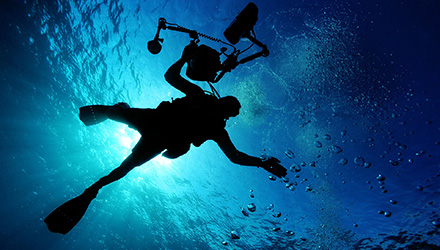関連サイト
アジア水中考古学研究所(ARIUA)
日本を代表する学術的水中考古学団体で、九州・沖縄水中考古学協会(KOSUWA)から、特定非営利活動法人アジア水中考古学研究所(Asian Research Institute of Underwater Archaeology)へ改名して活動を行っている。
海底遺跡ミュージアム構想
アジア水中考古学研究所の会員によるブログ。ARIUAの活動報告や本、遺跡の紹介など様々な情報を提供。
WordPressで企業ウェブサイト作成・商用ホームページ制作 WordPress Go Go
WordPressを利用して、ブログではなくCMSとして企業サイト・企業ウェブサイト作成・商用ホームページ制作のテクニックを公開。WordPressの最新ニュースやプラグインの紹介、自作プラグインやテーマも開発中。
WordPressのプラグイン販売サイト CMS×WP
WordPressをCMSとして利用するために必須のWordpressプラグインをダウンロード販売。会員サービスのユーザー管理のプラグインからネットショップのプラグインまでCMSに欠かせない充実の機能を提供。
WordPress お助け隊24時
WordPress お助け隊24時では、インターネット全体におけるシェア30%以上の WordPress に関するお悩み・トラブルを抱える方のお役に立つべく、少しでも早く問題解決に取り組むことを使命とする。

最近のコメント